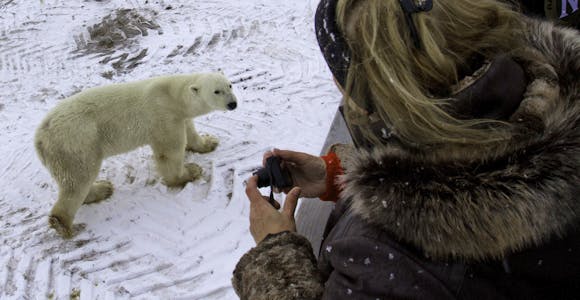
Photography in the Arctic
The landscape is vast and beautiful. The wildlife is rare and humbling. You'll want to remember these moments forever, so get to know your camera.
Discover MoreSpecial Offers Available: Swoop has access to the widest range of offers and can help you find the right trip, cabin, & price.
Expert impartial advice at no extra cost: no-nonsense advice on 500 voyages across 25 ships
The Arctic Experts. No Compromises: there’s no question we can’t answer
The only B Corp certified Arctic specialist: so your adventures can be a force for good
A full concierge service, unlike booking direct: we leave nothing to chance in delivering your perfect trip

The Inuit are the indigenous peoples of the Arctic and sub-Arctic regions and form the majority of Greenland's population. Visiting will expose you to the culture, traditions and history of a population that have demonstrated an extraordinary adaptation to this vast wilderness environment.
Special Offers:Swoop has access to the widest range of offers and can help you find the right trip, cabin, & price.
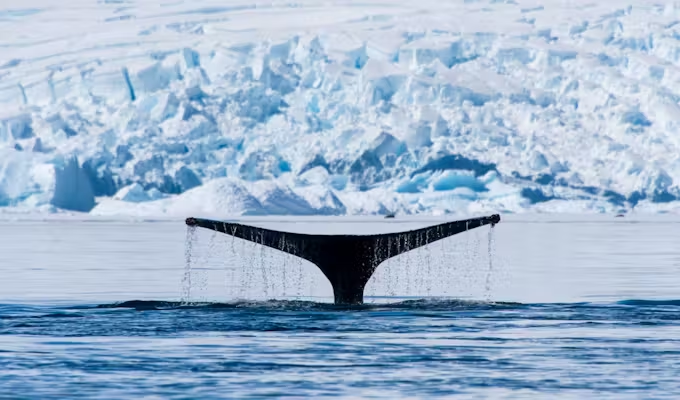
Exploring East Greenland’s wild, dramatic coastline on board a small, custom-built polar ship, this is expedition cruising at its very best. Hike the autumnal tundra in search of musk oxen during the day, with a strong chance to see the…
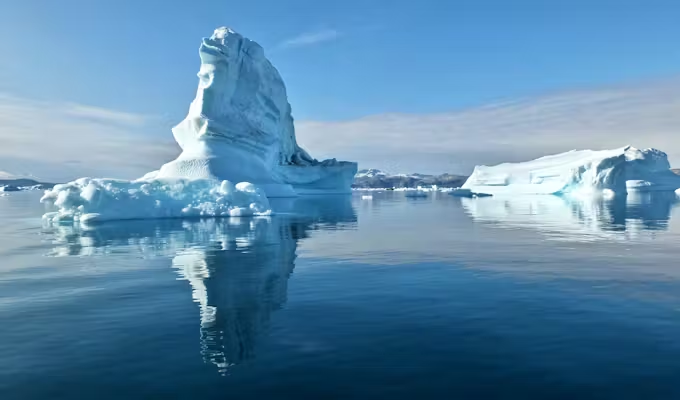
Beginning in Svalbard before sailing west across the Greenland Sea and exploring Greenland’s long eastern coastline to finish in Iceland, this is an audacious Arctic journey of startling diversity and contrast. Spectacular landscapes, towering glaciers and once-in-a-lifetime wildlife encounters all…
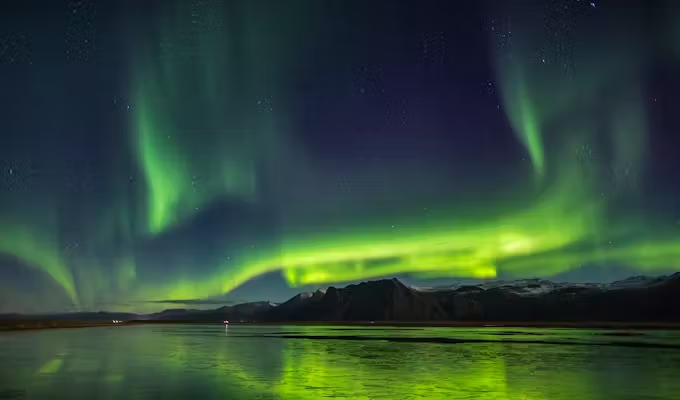
Sailing in August or September, explore the massive fjords of East Greenland and their legendary icebergs, spot musk oxen and visit ancient and modern Inuit settlements. Late summer provides a great chance of spotting the Northern Lights. A choice of…

There are few wilder, more remote places on the planet than East Greenland. Travelling by a small, very comfortable custom-built expedition ship, this voyage aims to showcase the best of Greenland’s eye-popping scenery, vast ice and exotic wildlife. Walk the…
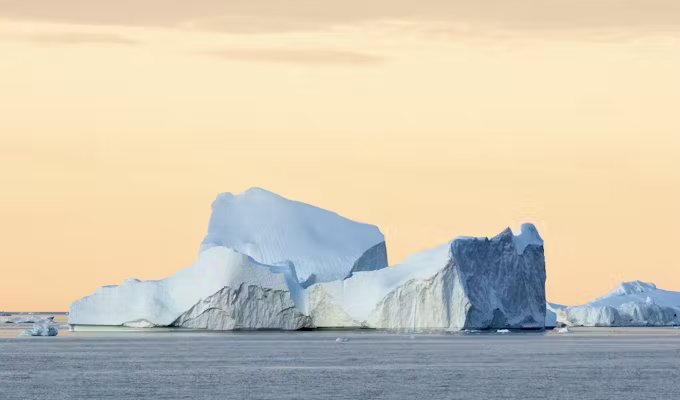
This might be a short trip but it packs a huge amount in. Sail among the ice of Disko Bay and spot humpbacks hunting herring; trek to the look out over Jakobshavn Glacier; explore the settlements of Sisimiut and Itilleq…
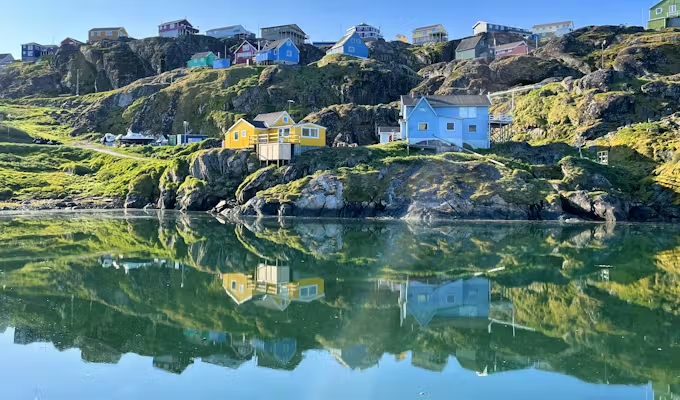
Threading southwards by small ship from Ilulissat’s mighty icefjord and down Greenland’s stunning west coast to finish in a former Viking stronghold, this is a dazzlingly varied voyage of towering ice, rich Inuit culture and fascinating Norse history. Sailing alongside…
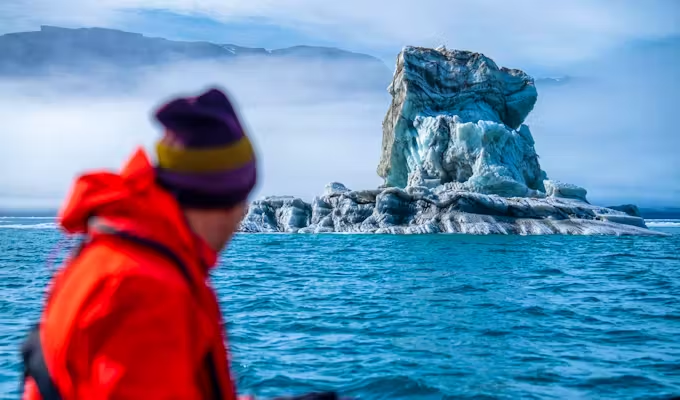
Exploring East Greenland doesn't get any easier. A short charter flight from Iceland saves you time and a potentially rough crossing of the Denmark Strait. On arrival, embark your small, expeditionary sailing ship and spend the next nine full days…
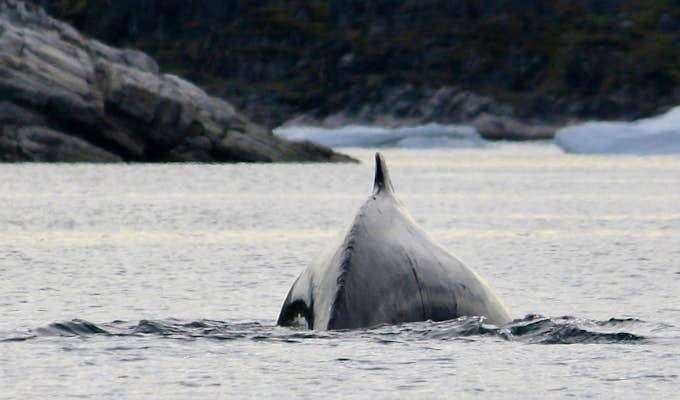
The Disko Bay to Uummannaq coastline arguably encapsulates the best of West Greenland. Travelling slowly, maximising time off ship as much as possible, and benefitting from a maximum of only 12 guests, this trip gets under the skin of this…
After a period of extensive migration, the ancestors of today's Inuit moved from Alaska to the Arctic in around 1000 AD. Many of the population settled in Greenland, whale hunting and navigating the harsh conditions with the likes of sled dogs, kayaks and harpoons. Not long after, the Vikings arrived, settling for 500 years before dying out, assumably due to their farming culture which made for hard adaptation.
The Danish colonisation beginning in the eighteenth century and interest by European whalers, fur companies and missionaries throughout the nineteenth century had limited impact on the culture, relative to the transition witnessed since the end of the Second World War. Permanent settlements with schools and health centres were established surrounding country's radar stations and as a result of Danish investment. Many Inuit moved to these, accessing jobs, services and imported food.
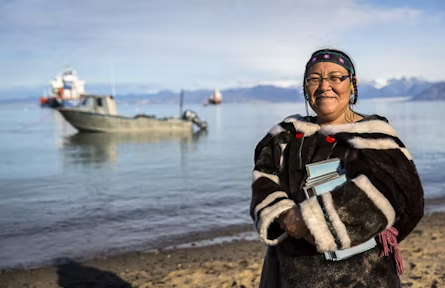
The Inuit live across the far north of Canada, Russia, the United States and Greenland. In Greenland, where most of the Inuit live, the capital city of Nuuk is home to almost a quarter of the population. Others are spread across the island's western coast in small settlements and towns, with just a few remote villages on the east coast.
Coastal locations have been favoured given that the Inuit are a marine people, dependent on the sea for food – for hunting and fishing as well as the more modern shipping of goods. Towns are far apart from each other, with access to neighbours often restricted by limited roads. Yet within communities, they live closely together.

The Inuit values of resilience and innovation have been laced into the culture over thousands of years. The spirit of interdependency and a familiarity within communities runs strong, as does the recognition of the importance of nature and the elements.
Communities today continue to be built around family units and subsistence hunting; modern culture a distinct fusion of traditional and new ways of life. While fish hang to dry outside houses, the Inuit settle down to cable TV or tune into the radio, spoken in the Inuktitut language, indoors. Children learn a Western curriculum at school, while the preservation of Inuit traditions is emphasised through teaching and the passing down of survival skills. As modernisation has taken place, you'll see how the Inuit have upheld certain traditional options, out of a deep knowledge for their home.

Locals share their culture
Having kaffemik in Greenland is a must for any visitor. Take some time to drink coffee and eat cake with locals, chat about life, past present and future. It's a tradition that anyone can take part in.
The resourcefulness of the Inuit is at the heart of many traditions. As everything used was either hunted, gathered or made, lifestyles were shaped around this work and each family member had a specific contribution to it.
Igloos decorated with snow furniture have provided winter dwellings for thousands of years; whalebone constructed tents being the summer equivalent. Most houses today are permanent wooden structures but igloos are still used during long winter hunts. Animal skin is utilised for traditional clothing, again still owned by the Inuit but primarily worn on special occasions or again for long travels.
Well-known forms of Inuit recreation, culture and art include the love for storytelling, particularly legends and hunting accounts, dance, namely the drum dance often with a story basis, and throat singing, whereby the sounds of the environment are echoed through voice manipulation and breathing techniques.
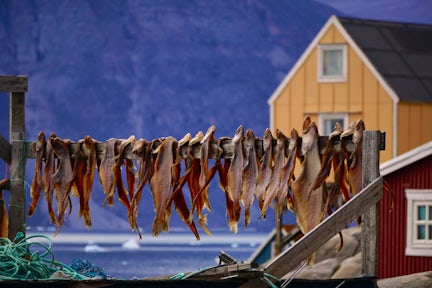
While fishing is Greenland's largest industry and the source of many people's livelihoods, tourism is now very much a part of the culture. Experiencing Greenland with an Inuit Guide presents a wonderful opportunity to get to know the locals and support their economy. With great regard to traditional skills and practices persisting, you'll share in the appreciation for the land at present and in times past.
Inuit Guides lead on hiking, kayaking and fishing tours, sledge-trips, Aurora experiences, and museum visits. If you're lucky, you may also get to hear the retelling of a local legend or myth.


The landscape is vast and beautiful. The wildlife is rare and humbling. You'll want to remember these moments forever, so get to know your camera.
Discover More
The Arctic is one of the richest and most diverse wildlife habitats on Earth, harbouring a vast array of animals, spanning from the mighty white bear, to the strong musk oxen, to …
Discover More
We partner with selected ice-strengthened Arctic expedition vessels from small yachts and nimble little ships with convivial atmospheres, to larger Russian research boats and …
Discover More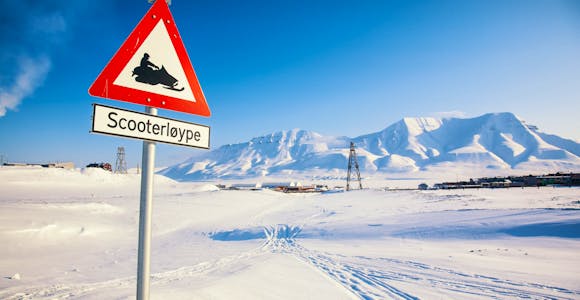
A vast playground on top of the world, The Arctic region offers an extraordinarily diverse range of adventures to suit all types of explorer.
Discover MoreThe Arctic is so vast and diverse that one of the biggest challenges is knowing where to begin. Our exclusive guide will help you get started with your travel plans.
We'll spend some time listening to your aspirations, then discuss the kind of experience that might suit you.
Next we'll discuss the options, shortlist the best trips for you and present you our impartial recommendations.
We'll place a 24 hour hold on your preferred option - without obligation - whilst we talk through the details.
This website uses cookies to ensure you get the best experience on our website. Privacy policy
We don’t charge a commission and there are no hidden fees. Just impartial, expert advice from the leading Polar cruise agent. Schedule a call with our Arctic Experts today.